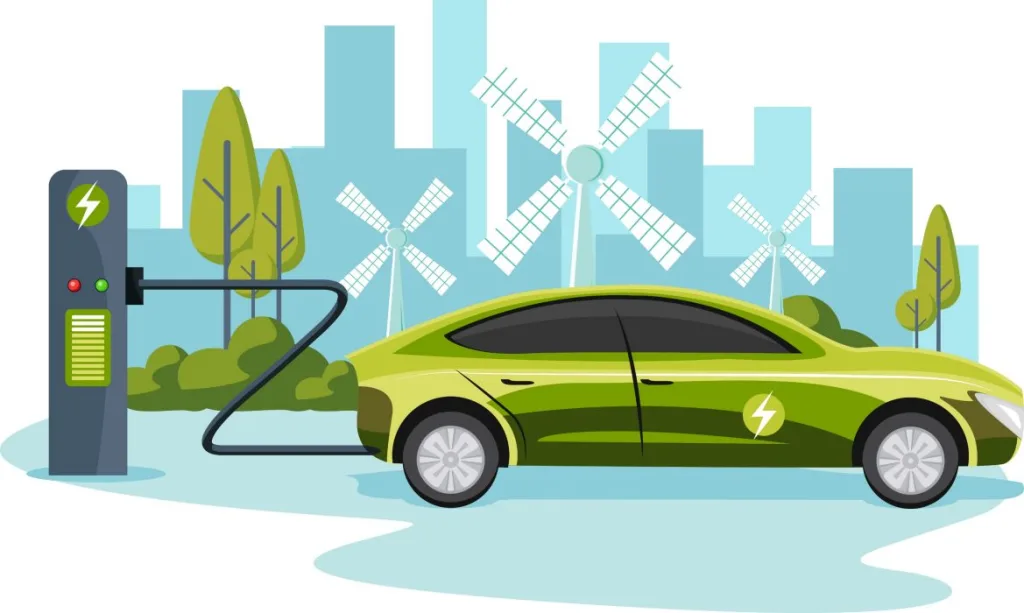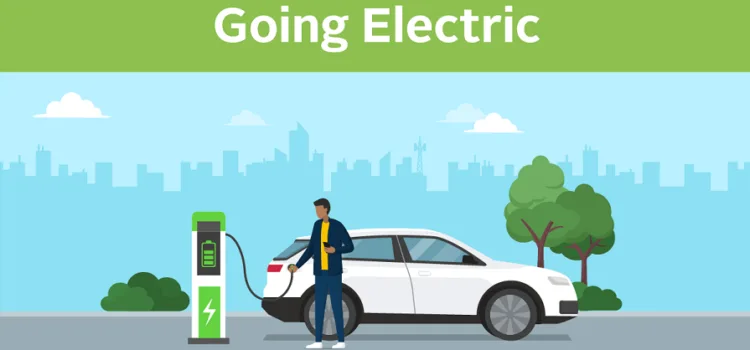In the evolving landscape of global mobility, the Indian EV industry is carving out a unique position not through manufacturing prowess alone, but through its software capabilities. This was the compelling message delivered by R Velusamy, President of Automotive Technology and Product Development and Joint Managing Director of Mahindra Electric Automobile Limited, at the recent Future Powertrain Conclave in Chennai — highlighting the growing influence of the Indian EV industry on the global stage.
“Electric vehicles bring a lot of software—and that is an added advantage for India,” Velusamy emphasized in his address. “When you bring software content into the vehicle, it becomes a huge job creator. In fact, with our software strengths, we can become the world’s number one player in a short time.
The Software that Defined the Indian EV Industry
Today’s electric vehicles are far more than just battery-powered machines—they’re sophisticated technology platforms where code is as essential as the electric motors that drive them. This paradigm shift offers India a unique competitive advantage.
Modern EVs integrate multiple software systems that handle everything from battery management to autonomous driving capabilities, from vehicle-to-cloud communication to over-the-air updates. These digital brains power the user experience and create the differentiation factors that drive consumer adoption.
What makes this trend particularly significant for India is the country’s established reputation as a global software development powerhouse. With a deep pool of engineering talent and growing investment in automotive technology R&D, India stands at the intersection of two transformative trends: the rise of electric mobility and the increasing importance of software in automotive design.

Mahindra’s Software-First Approach to EVs
Under Velusamy’s leadership, Mahindra & Mahindra has embraced this software-defined future with significant investments. The company has developed two key proprietary technologies that showcase India’s capability to compete globally:
| Technology | Description | Key Features |
|---|---|---|
| INGLO Platform | Modular and scalable EV platform (Indian EV industry + Global) | Supports various battery configurations and drivetrain layouts |
| MAIA | Mahindra Architecture for Intelligent Algorithms | Integrates connected features, vehicle dynamics, OTA updates, and ADAS |
“Most of the time, electric vehicles are sold not just for their sustainability but also because of the technologies they incorporate—whether it’s autopilot, connected features, or intelligent software. That’s what brings a lot of new life to automotive engineering and jobs,” Velusamy noted.
Mahindra has committed over ₹10,000 crore to its EV business, with plans to roll out nearly half a dozen electric vehicles. What’s particularly noteworthy is that these vehicles are being designed and developed locally with Indian talent in Tamil Nadu—specifically in Chennai and Coimbatore.
Policy Stability: The Foundation for Innovation
While Velusamy is bullish on India’s software capabilities, he emphasized that consistent policy support is crucial for the EV ecosystem to flourish.
“We take three years to develop a vehicle and invest heavily based on policy expectations. If those policies change midway, it breaks the rhythm and delays progress,” he cautioned.

He advocated for:
- Maintaining the 5% GST rate on EVs
- Continuing state-level incentives until broader EV affordability is reached
- Avoiding the reintroduction of road tax on electric vehicles
“Some states have announced plans to impose road taxes on electric vehicles. Tamil Nadu has not. I urge others to support the young, bubbling EV ecosystem. Don’t kill it in the bud—let it grow into a tree,” Velusamy added.
A Multi-Pathway Approach to the Indian EV Industry’s EV Future
Velusamy recognizes that India’s transition to electric mobility must account for the country’s unique circumstances.
“India is a different story. Buying behaviour, per capita income, and driving habits are all different. We must create our reference point,” he emphasized, urging policymakers to tailor their strategies to local realities.
While Mahindra remains committed to battery electric vehicles as the long-term goal, Velusamy acknowledged the role of transitional technologies in the short and medium term:
“In the short and medium term, range extenders and strong hybrids can play a role,” he said, noting that “Diesel is a very, very good contender in terms of fuel efficiency,” particularly for larger SUVs and commercial vehicles.
However, he was clear that these are interim solutions—not the endgame: “Our focus as an SUV and small truck player has been EV… eventually, we are pivoting to electric.”

The Dual Opportunity: Clean Mobility and Digital Innovation
What makes the Indian EV industry’s journey unique is the dual opportunity it presents: advancing sustainable transportation while simultaneously establishing leadership in automotive software development.
This confluence creates a virtuous cycle:
- Software innovations enhance EV performance and user experience
- Improved EV adoption drives further investment in software development
- Growing software capabilities create new job opportunities and export potential
- Increased expertise attracts global partnerships and knowledge transfer
Also Read: Top 5 BMW EVs in 2025: The World of Luxury EVs
FAQs About Indian EV industry Software Ecosystem
How is software changing the EV landscape in Indian EV industry ?
Software is transforming EVs from simple battery-powered vehicles into sophisticated technology platforms with features like connected services, autonomous capabilities, and over-the-air updates. India’s software expertise gives it a competitive advantage in this evolution.
What makes Indian EV industry particularly well-positioned for EV software development?
India’s large pool of engineering talent, established IT services industry, competitive development costs, and growing automotive R&D infrastructure create the perfect environment for EV software innovation.
What policy measures are needed to support India’s EV software ecosystem?
According to Indian EV industry leaders like R Velusamy, policy stability is crucial—including maintaining the 5% GST rate on EVs, continuing state-level incentives, avoiding road tax reintroduction, and creating a predictable regulatory environment for long-term investments.
How will the growth of EV software development impact employment in Indian EV industry ?
The integration of software into vehicles creates significant job opportunities beyond traditional manufacturing, including roles in software development, data analysis, UI/UX design, cybersecurity, and artificial intelligence—all areas where India has existing expertise.
What is Mahindra’s approach to software in their EV strategy?
Mahindra has developed proprietary technologies like the INGLO platform and MAIA intelligence architecture, highlighting their software-first approach to electric mobility. They’ve committed over ₹10,000 crore to their EV business with a focus on locally developed technology.
The Road Ahead
As India navigates its path toward a sustainable mobility future, the convergence of electric vehicles and software development offers an unprecedented opportunity. The country’s success will depend on nurturing this nascent ecosystem with thoughtful policies, continued investment in R&D, and a willingness to develop India-specific solutions rather than simply importing global models.
With visionaries like R Velusamy leading the charge, India’s potential to become a global leader in software-defined mobility is within reach—not just as a market for EVs, but as an innovation hub that shapes how the world moves forward.
The message is clear: The Indian EV industry superpowers lie not in the batteries or motors but in the lines of code that will drive the next generation of mobility. I’ve created an image that visually represents India’s software expertise merging with electric vehicle technology, featuring digital elements integrated with a modern EV design.


